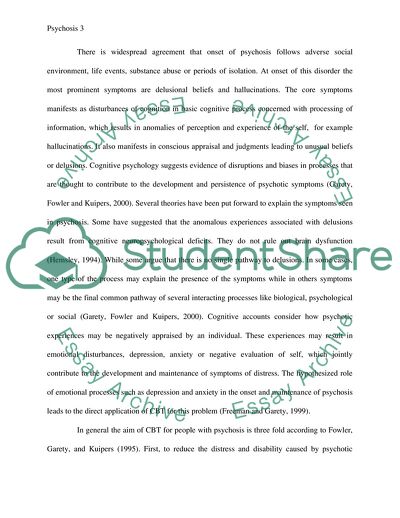Cite this document
(Cognitive Behavior Therapy and Psychosis Coursework - 1, n.d.)
Cognitive Behavior Therapy and Psychosis Coursework - 1. https://studentshare.org/psychology/1772534-cognitive-behaviour-therapy-and-psychosis
Cognitive Behavior Therapy and Psychosis Coursework - 1. https://studentshare.org/psychology/1772534-cognitive-behaviour-therapy-and-psychosis
(Cognitive Behavior Therapy and Psychosis Coursework - 1)
Cognitive Behavior Therapy and Psychosis Coursework - 1. https://studentshare.org/psychology/1772534-cognitive-behaviour-therapy-and-psychosis.
Cognitive Behavior Therapy and Psychosis Coursework - 1. https://studentshare.org/psychology/1772534-cognitive-behaviour-therapy-and-psychosis.
“Cognitive Behavior Therapy and Psychosis Coursework - 1”. https://studentshare.org/psychology/1772534-cognitive-behaviour-therapy-and-psychosis.


